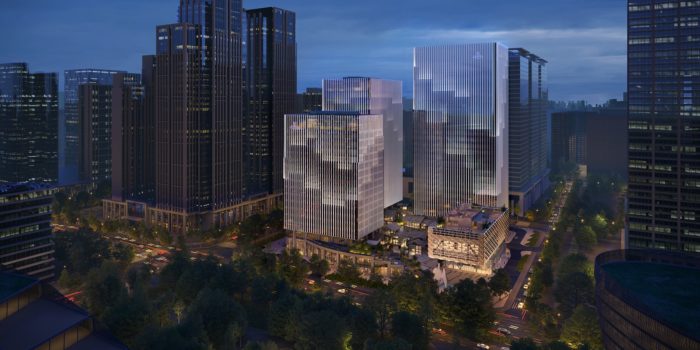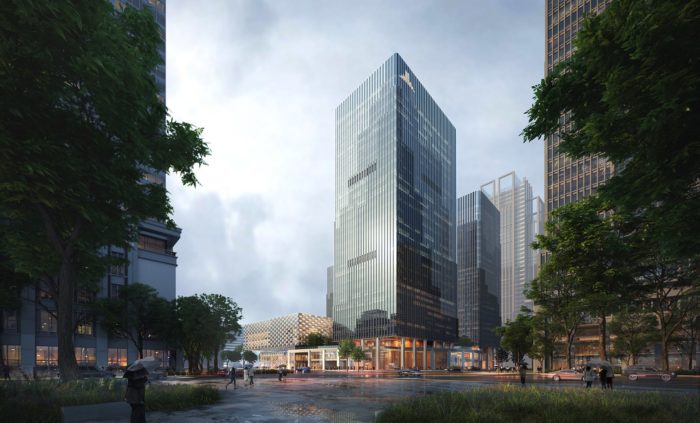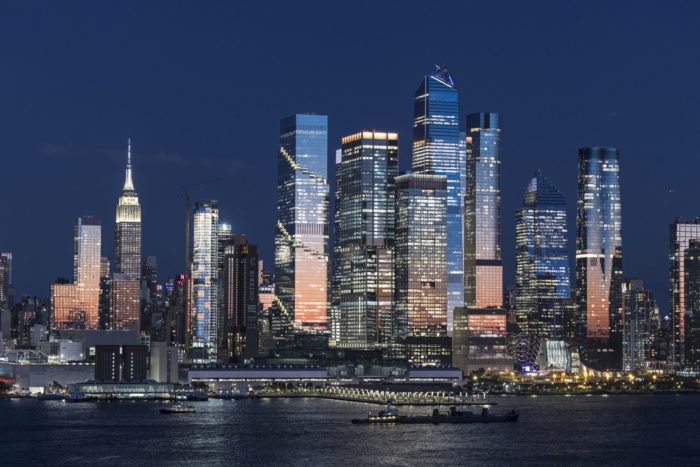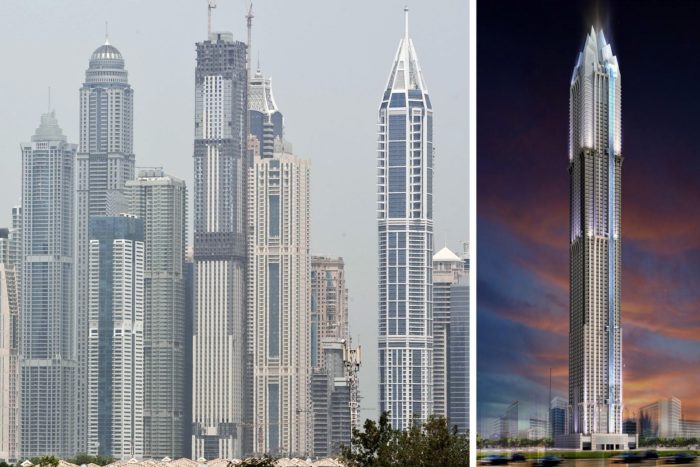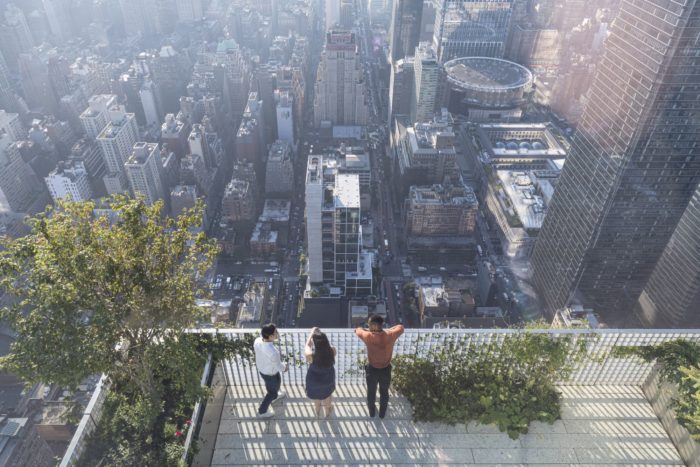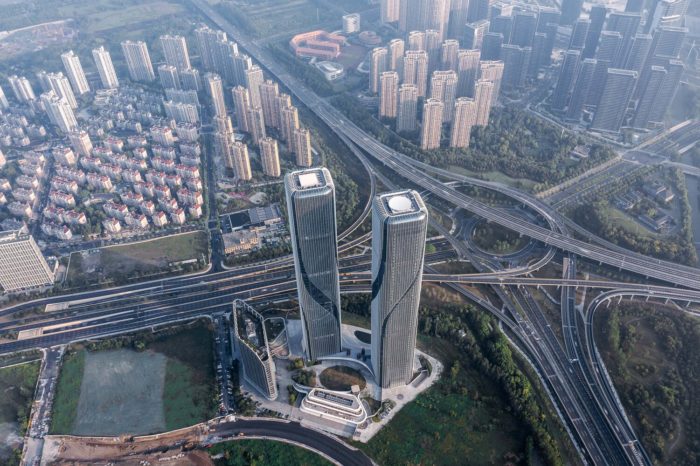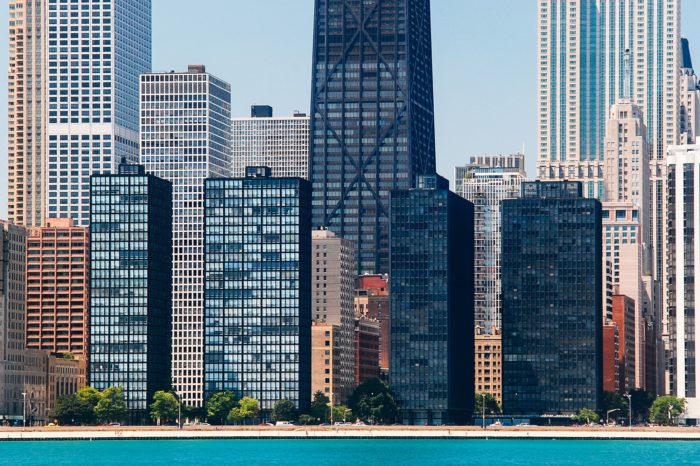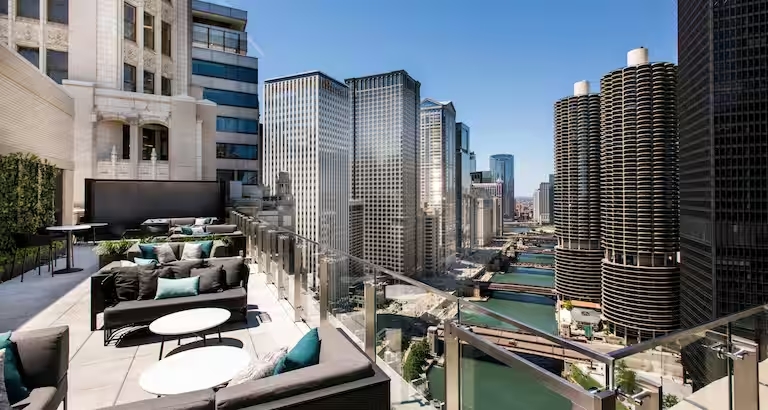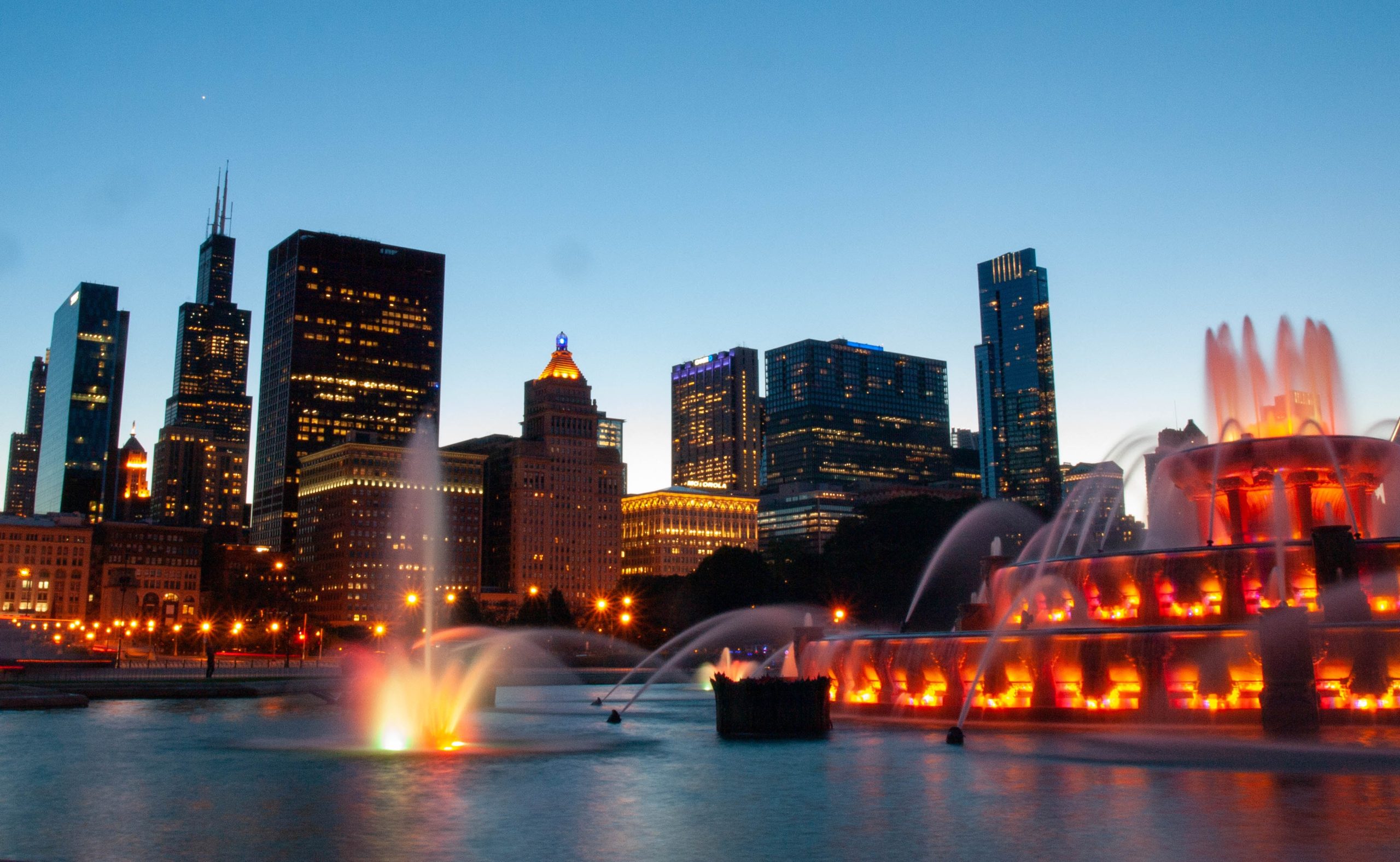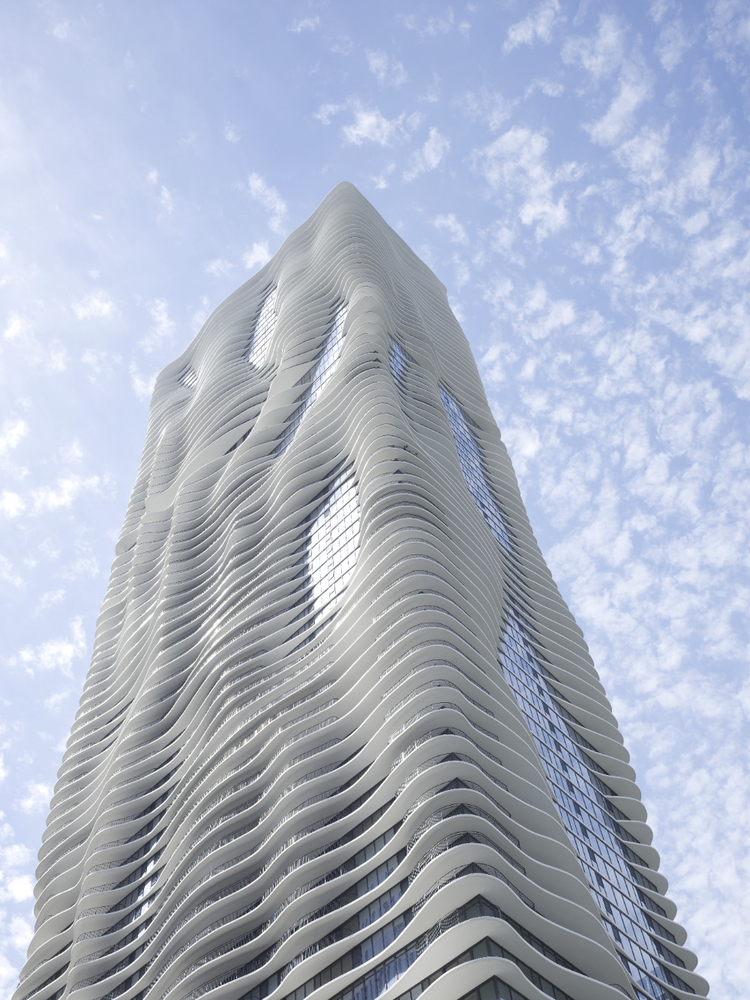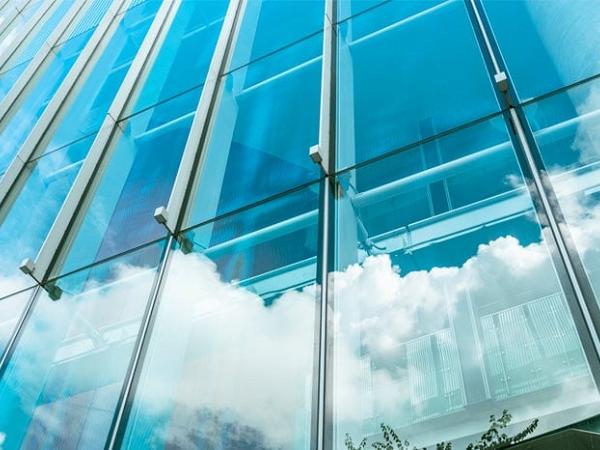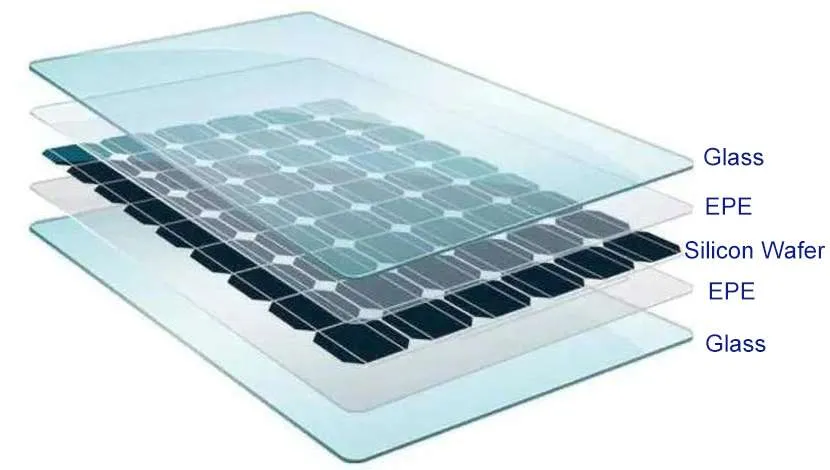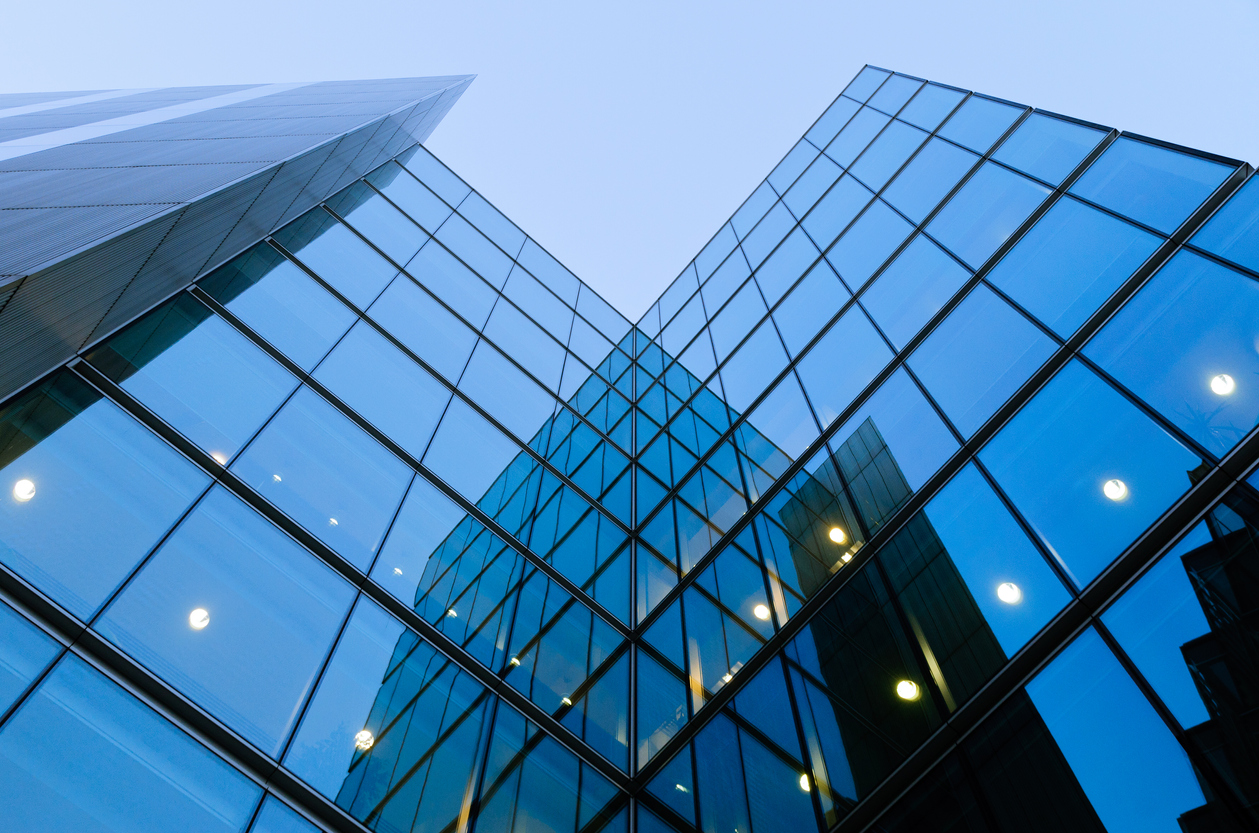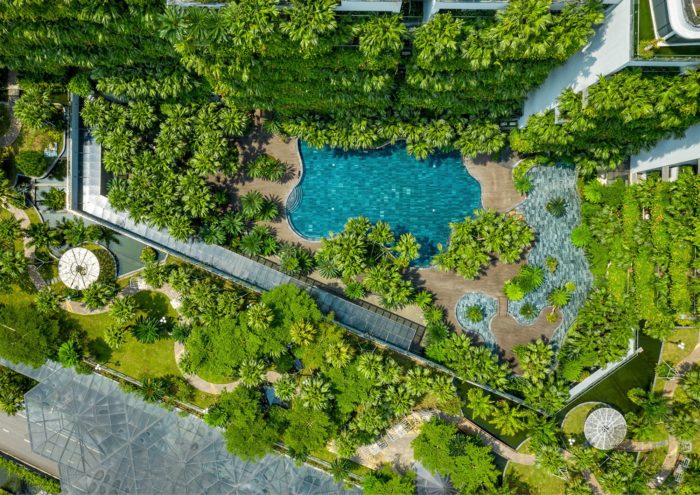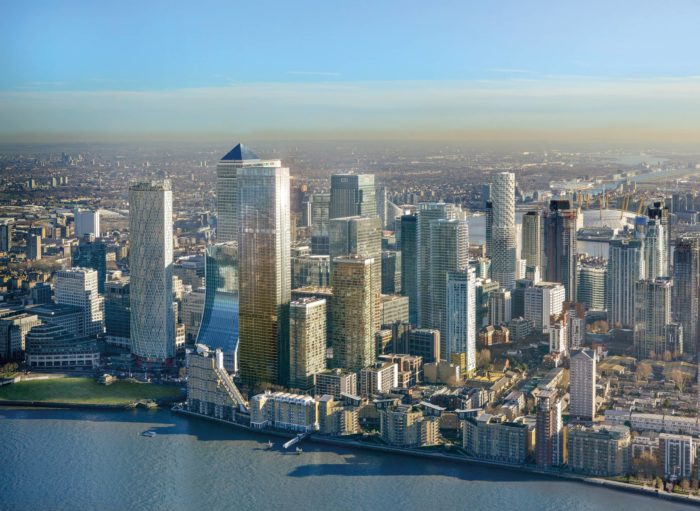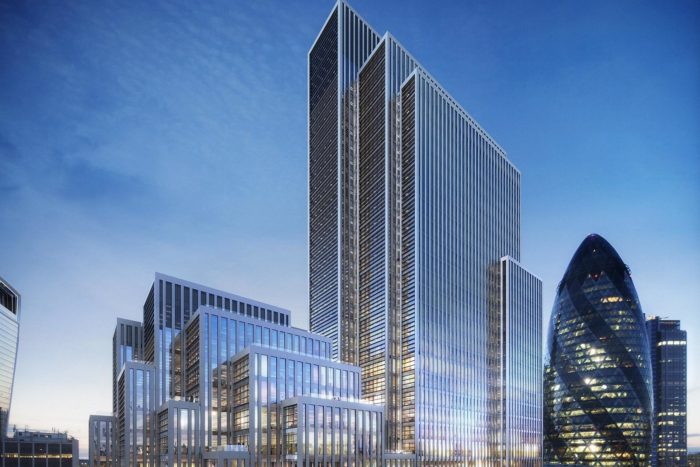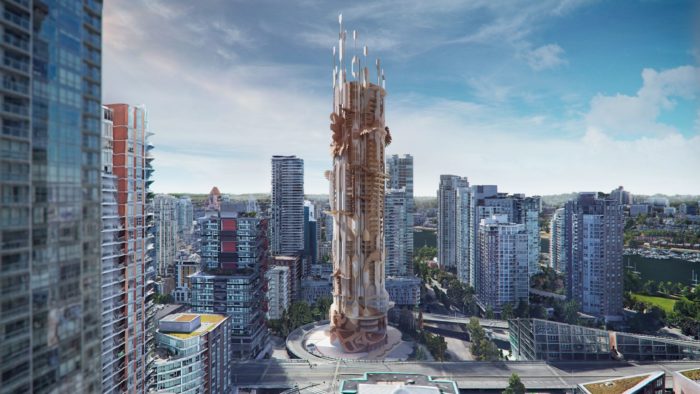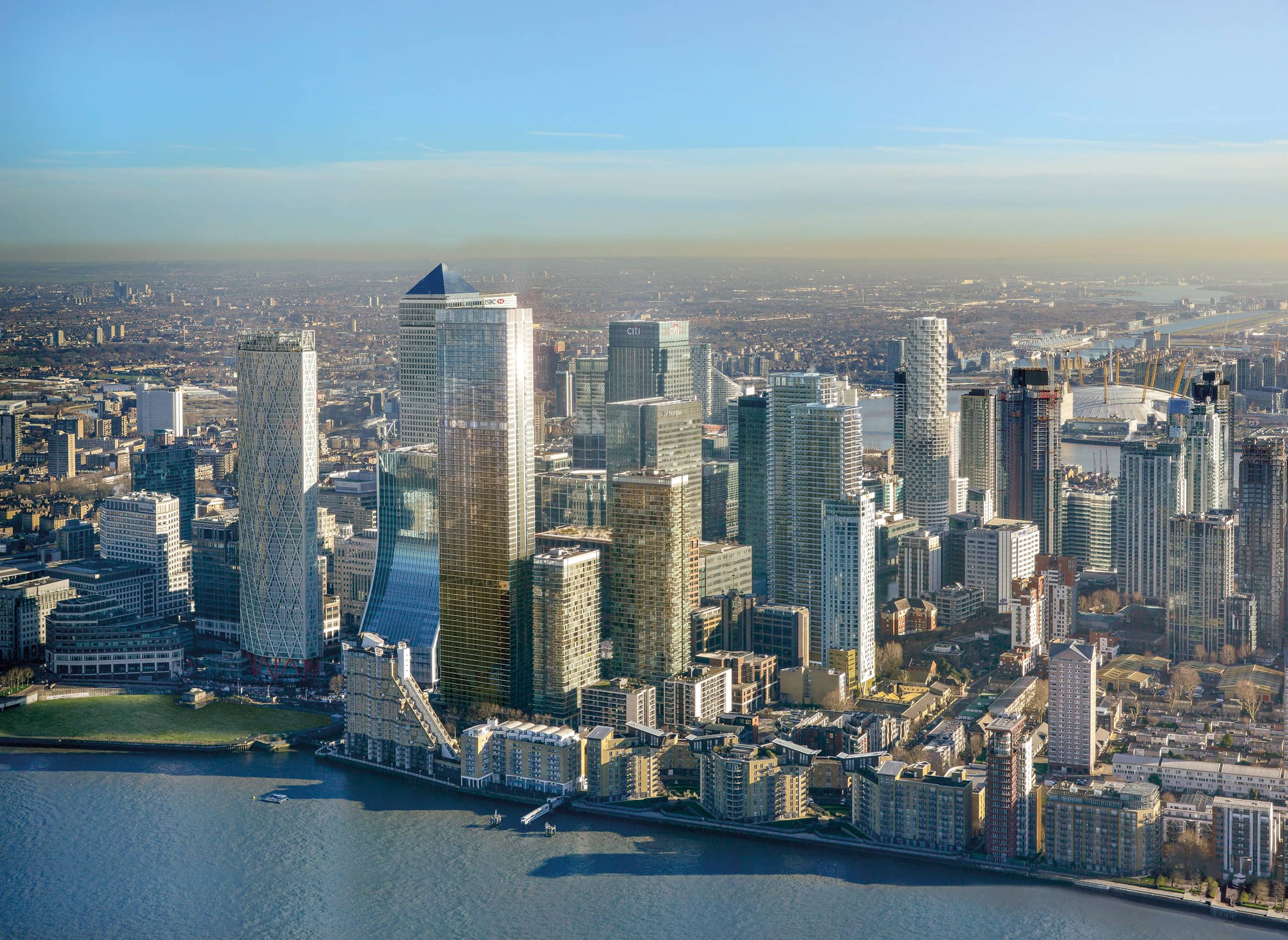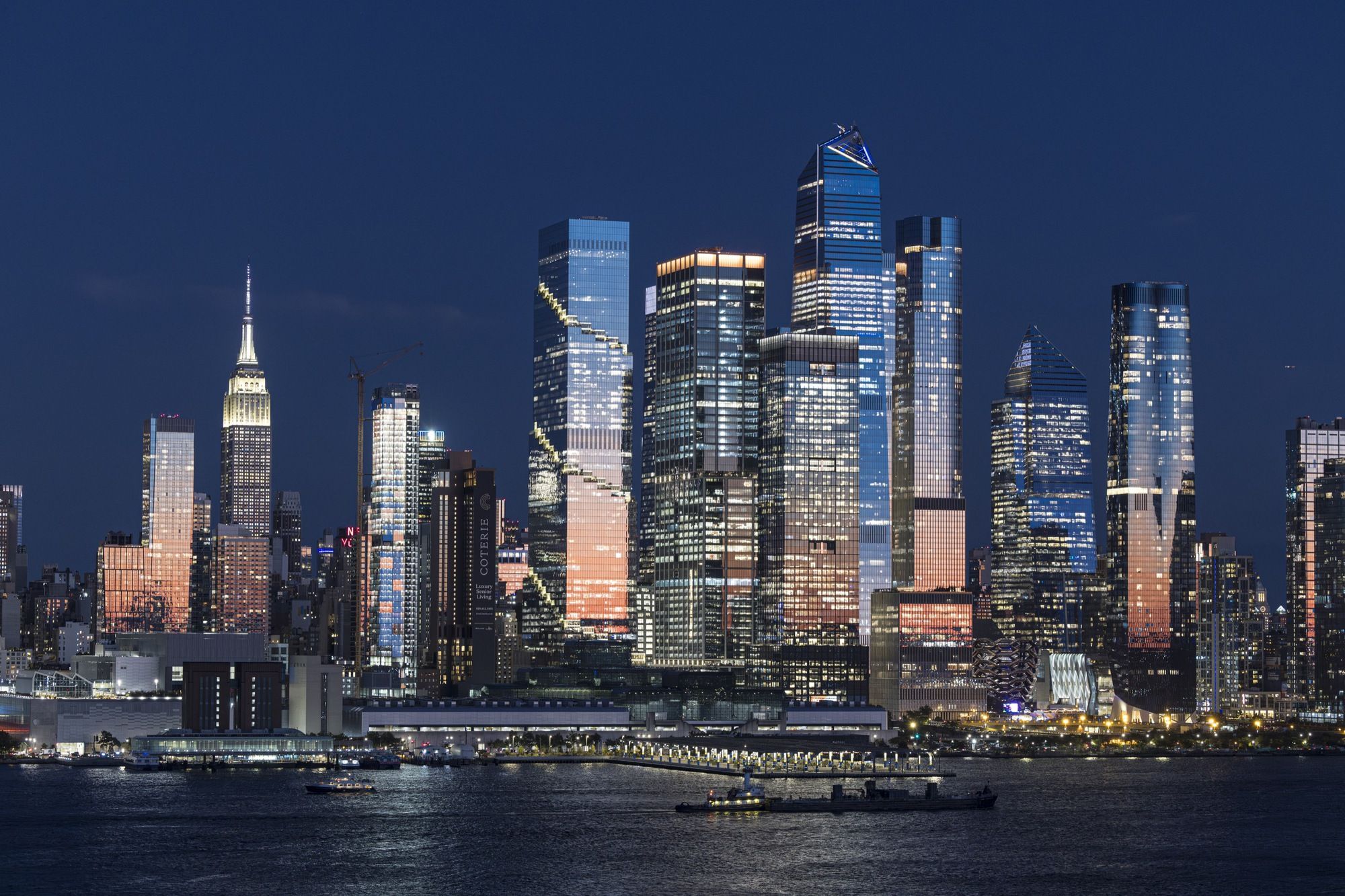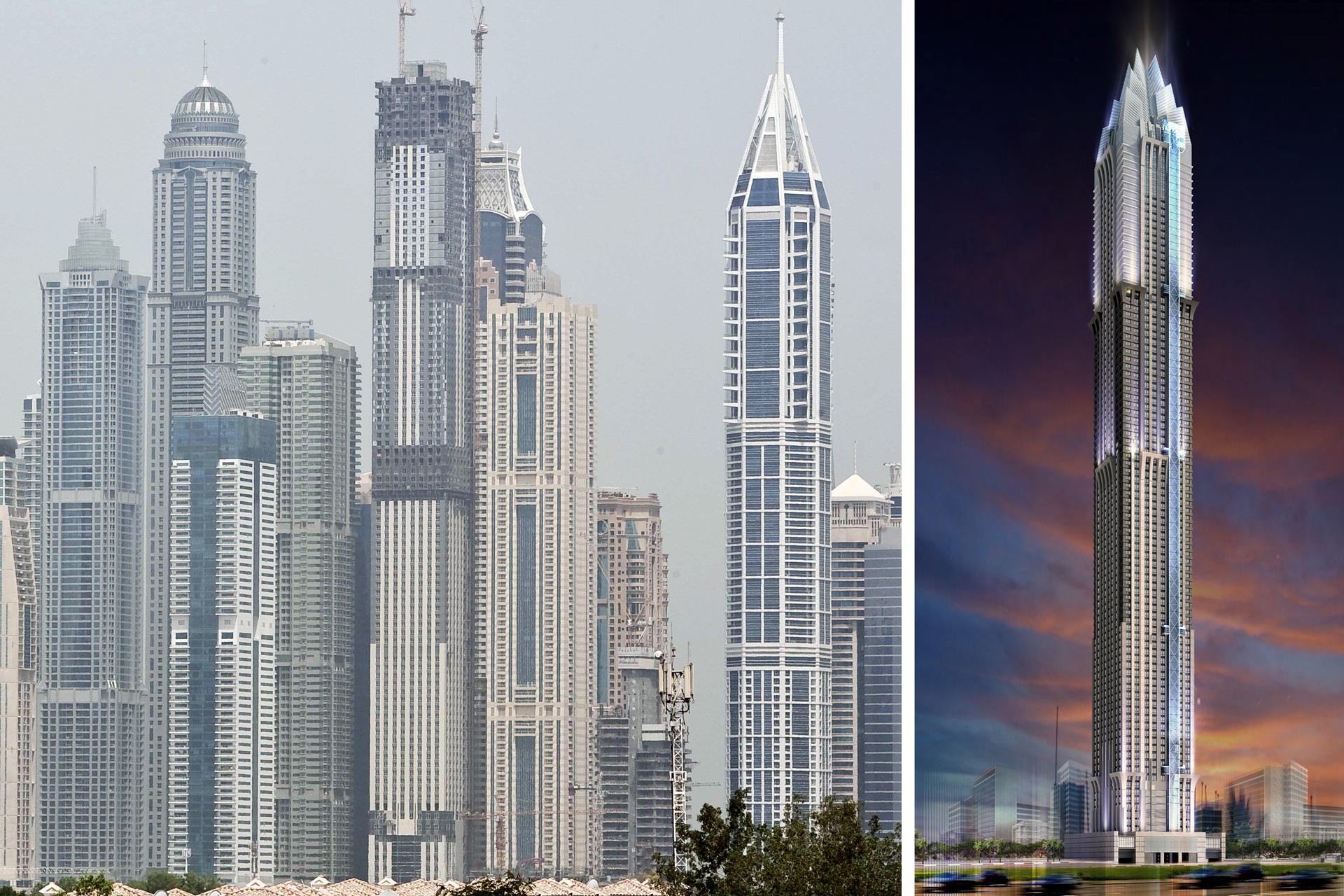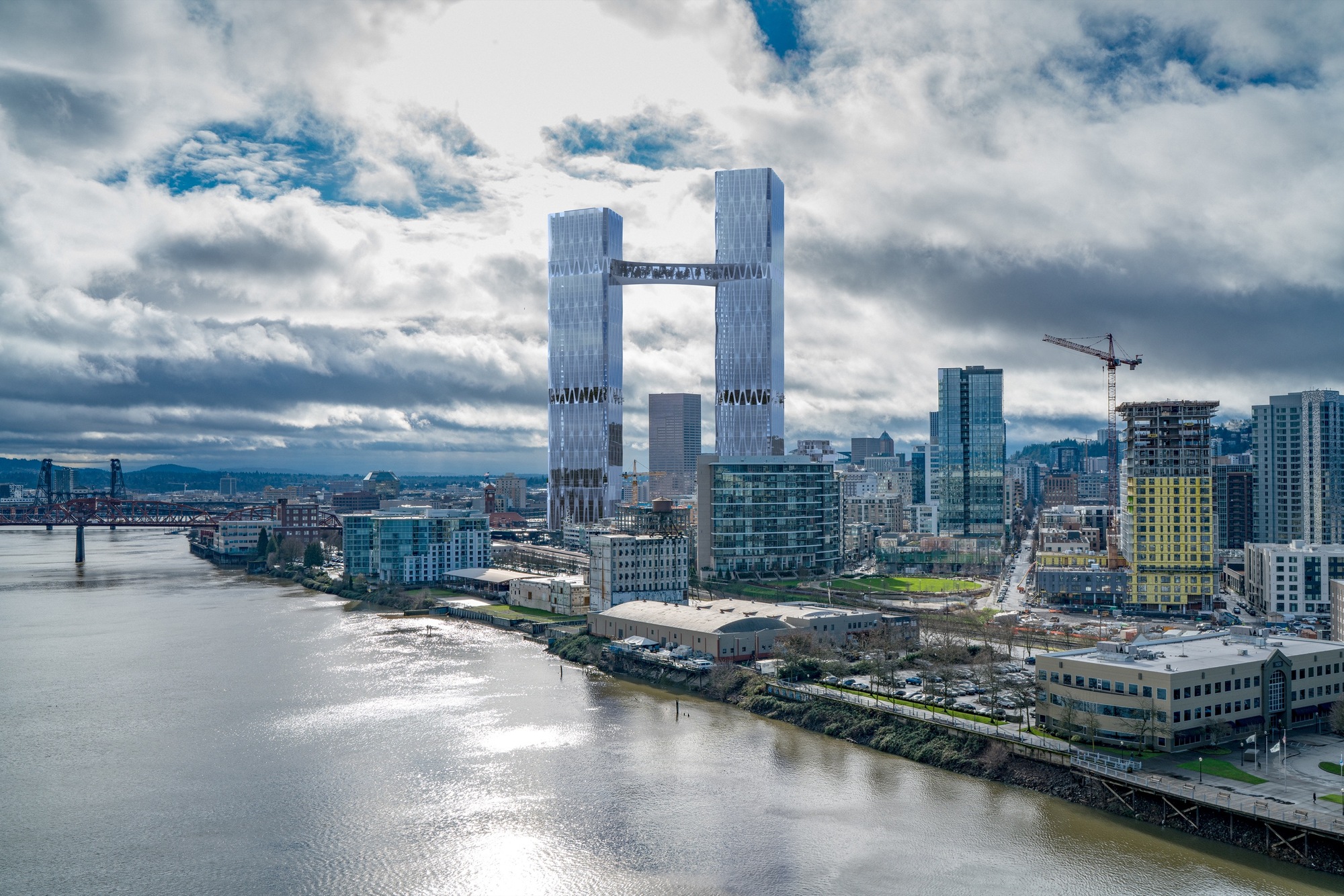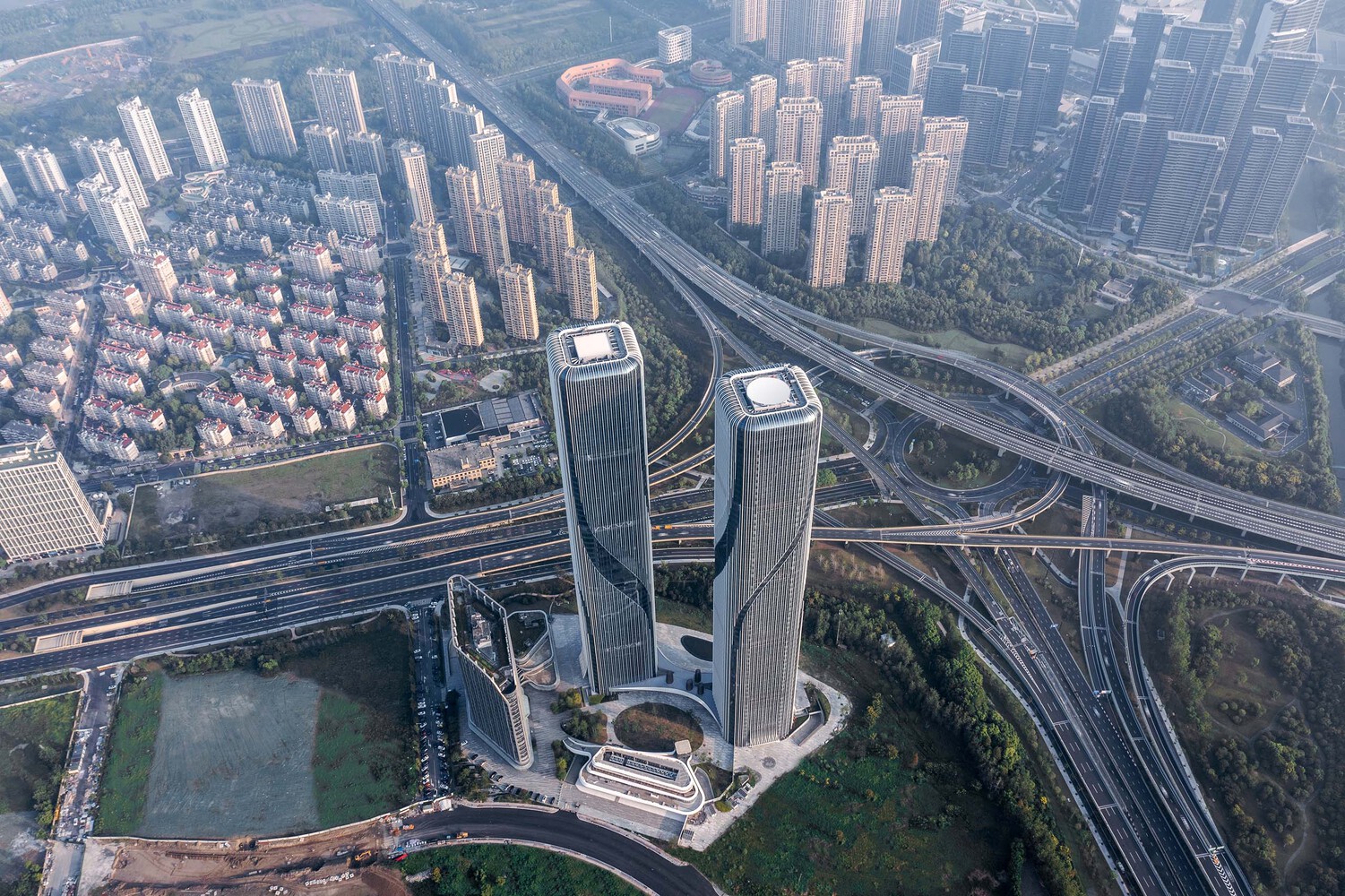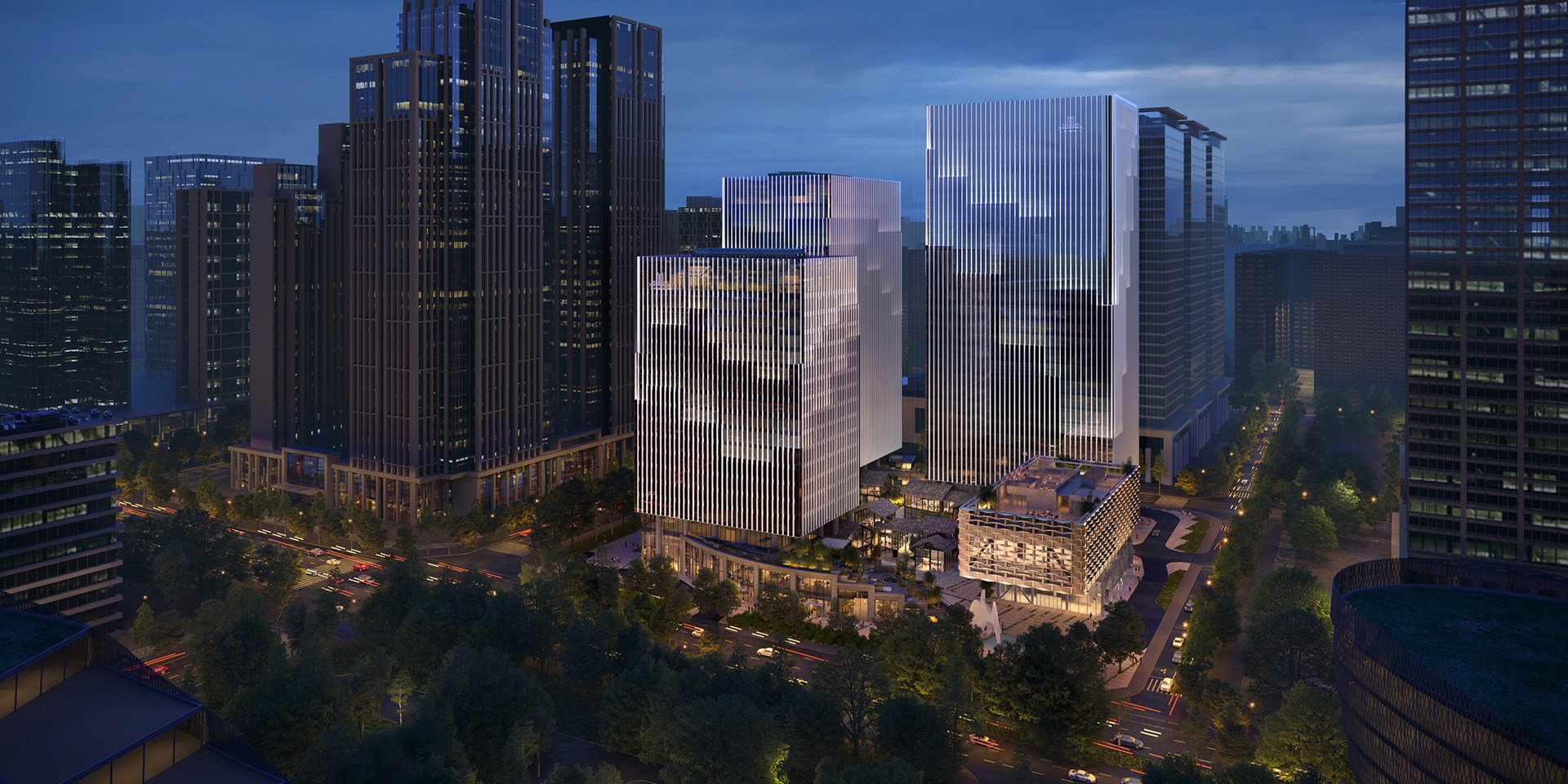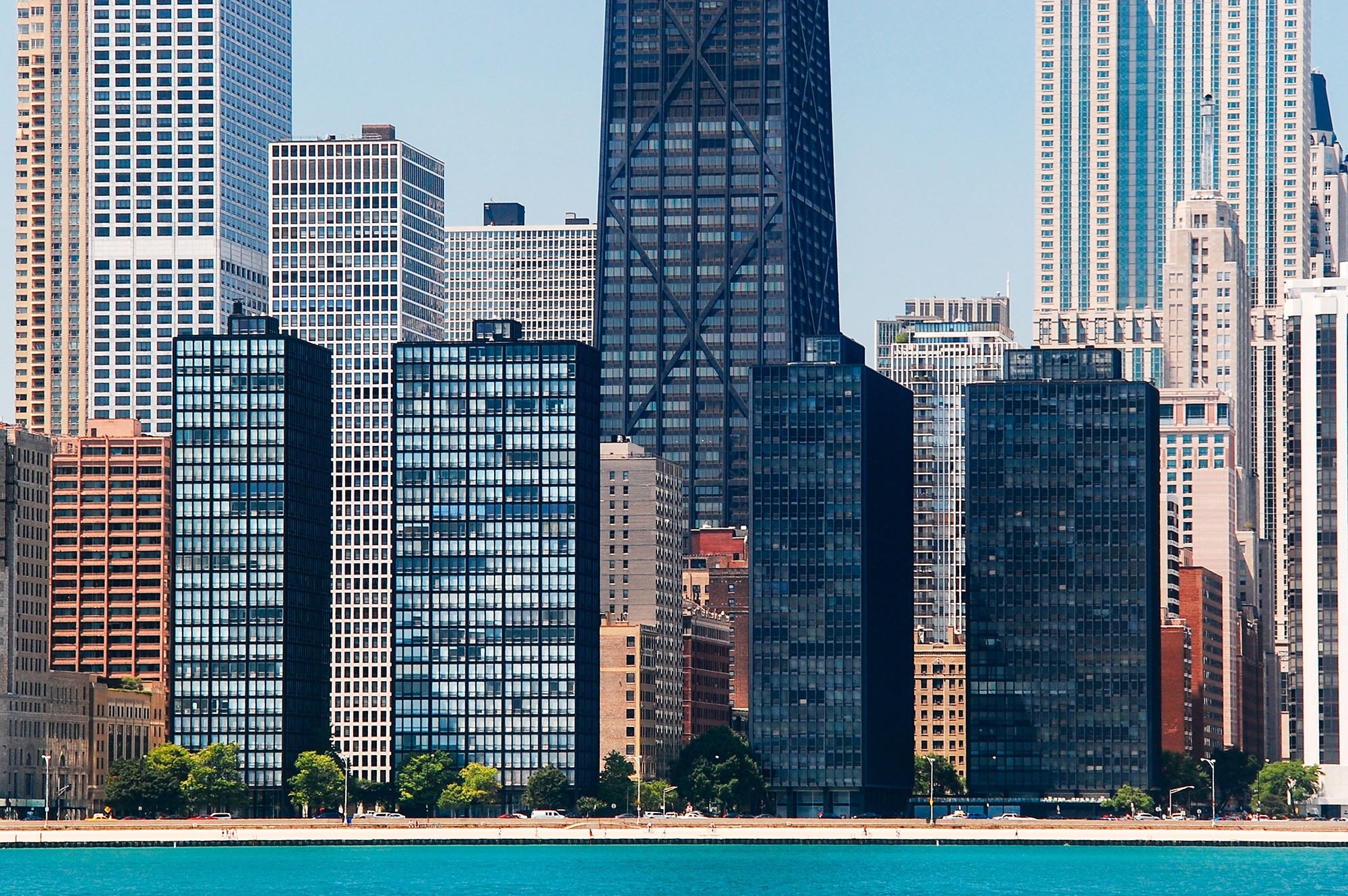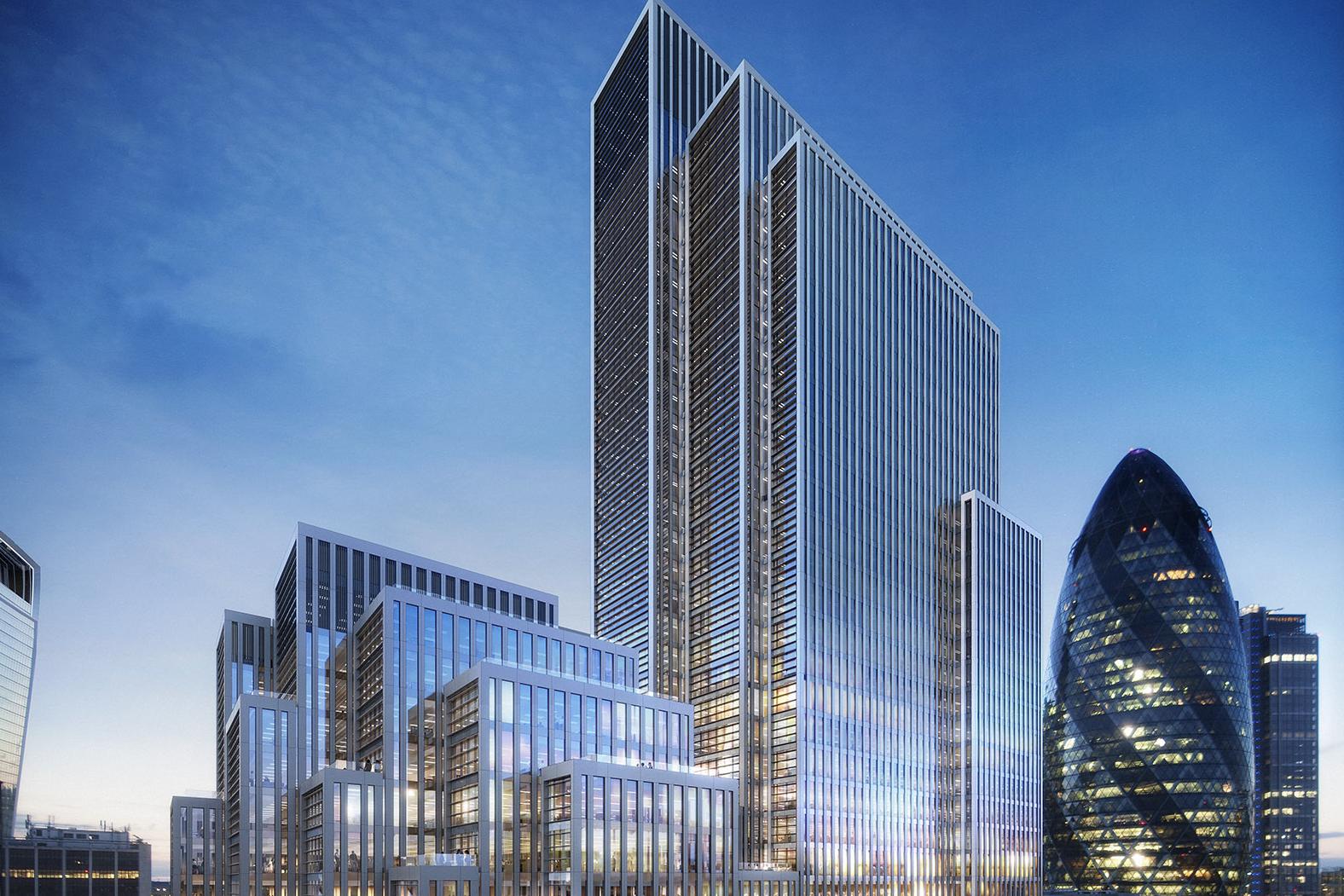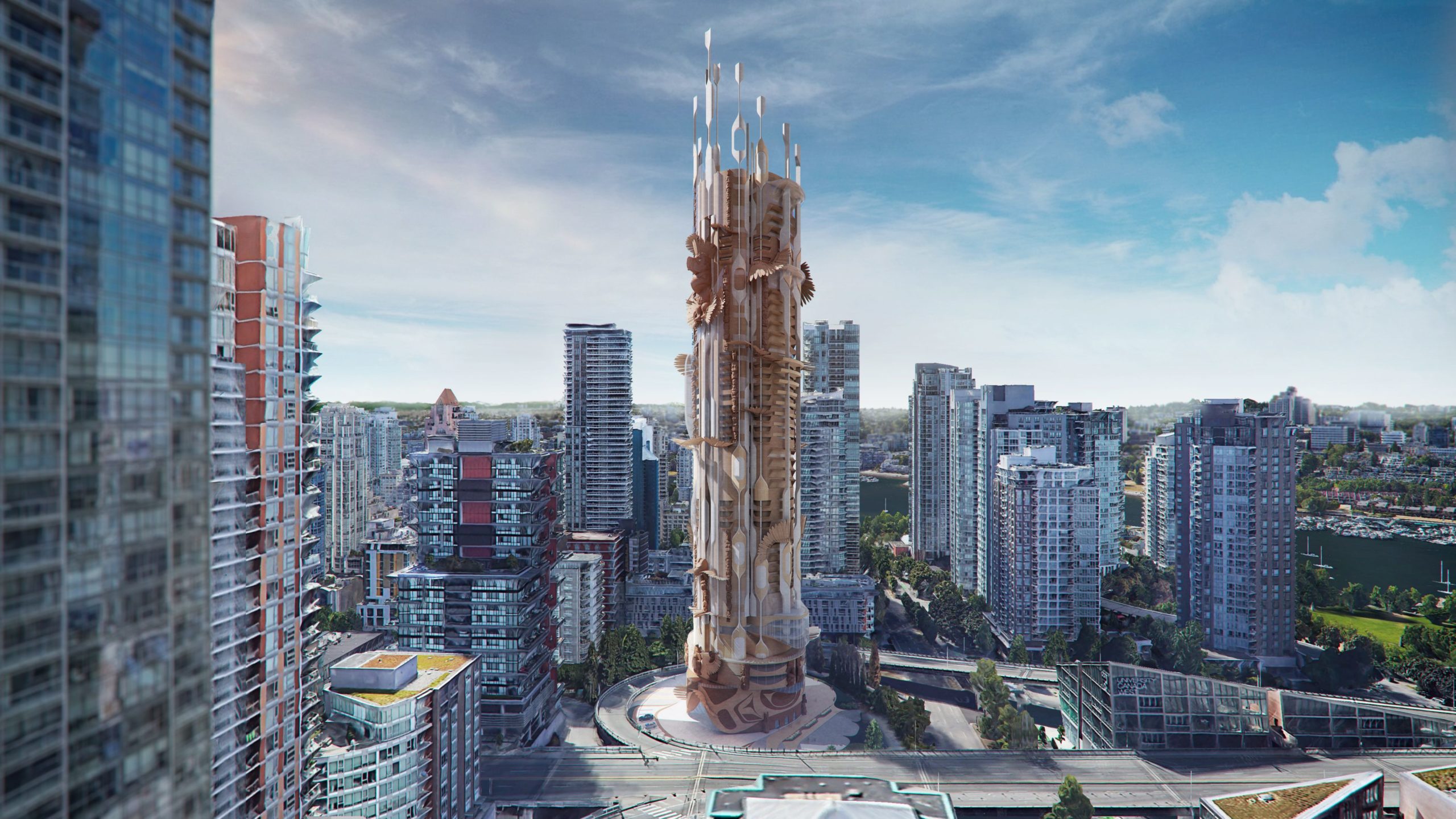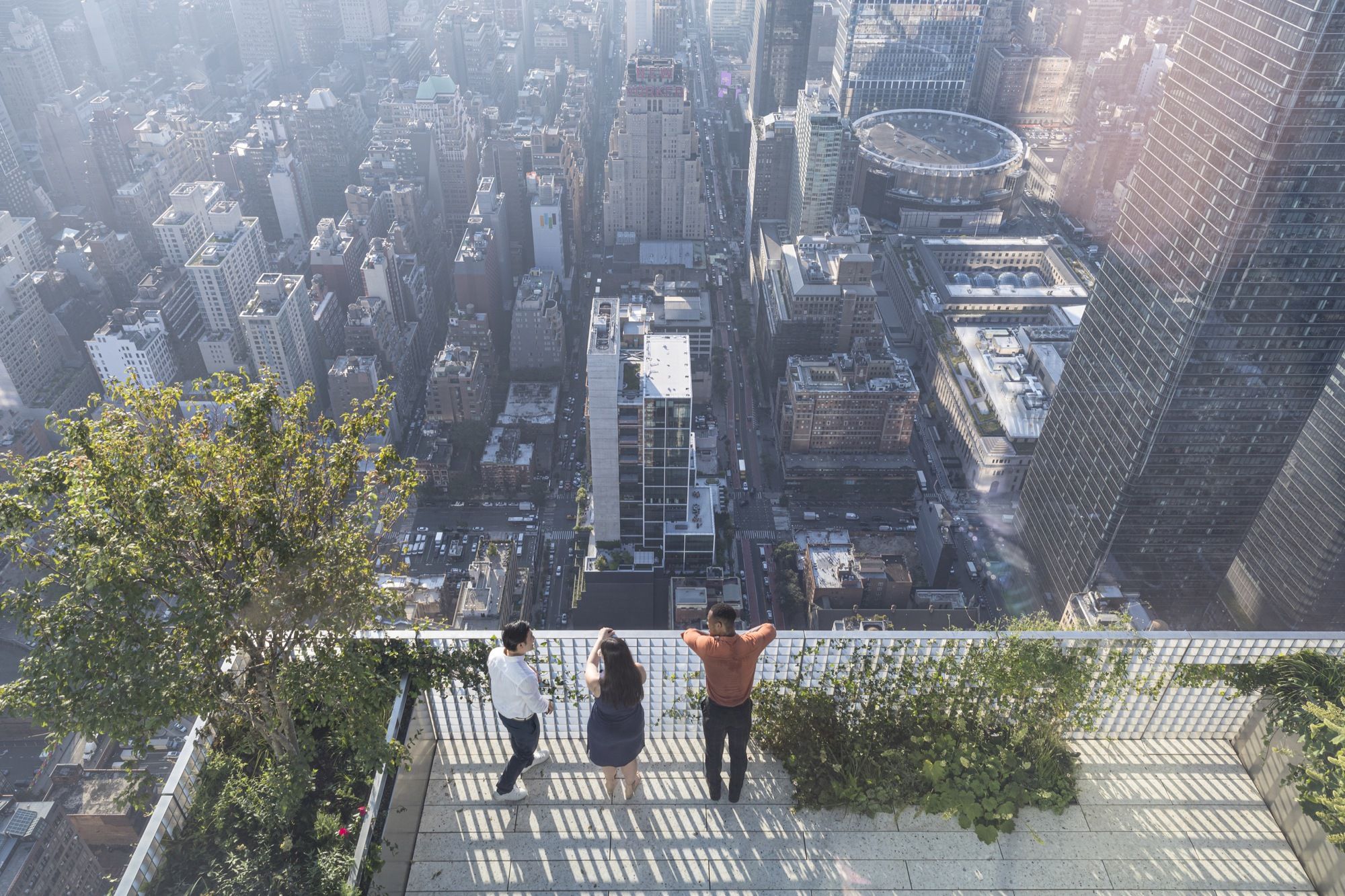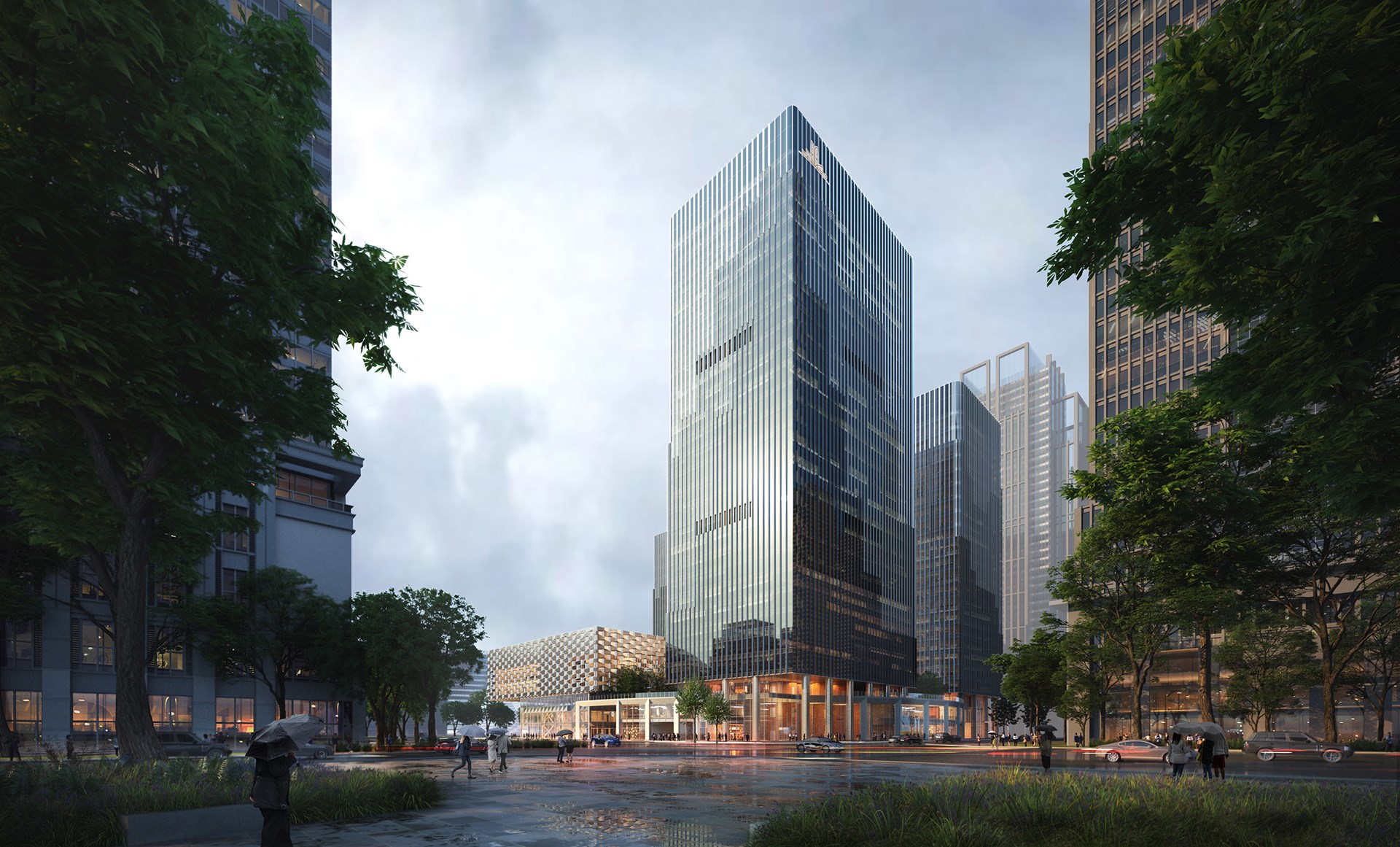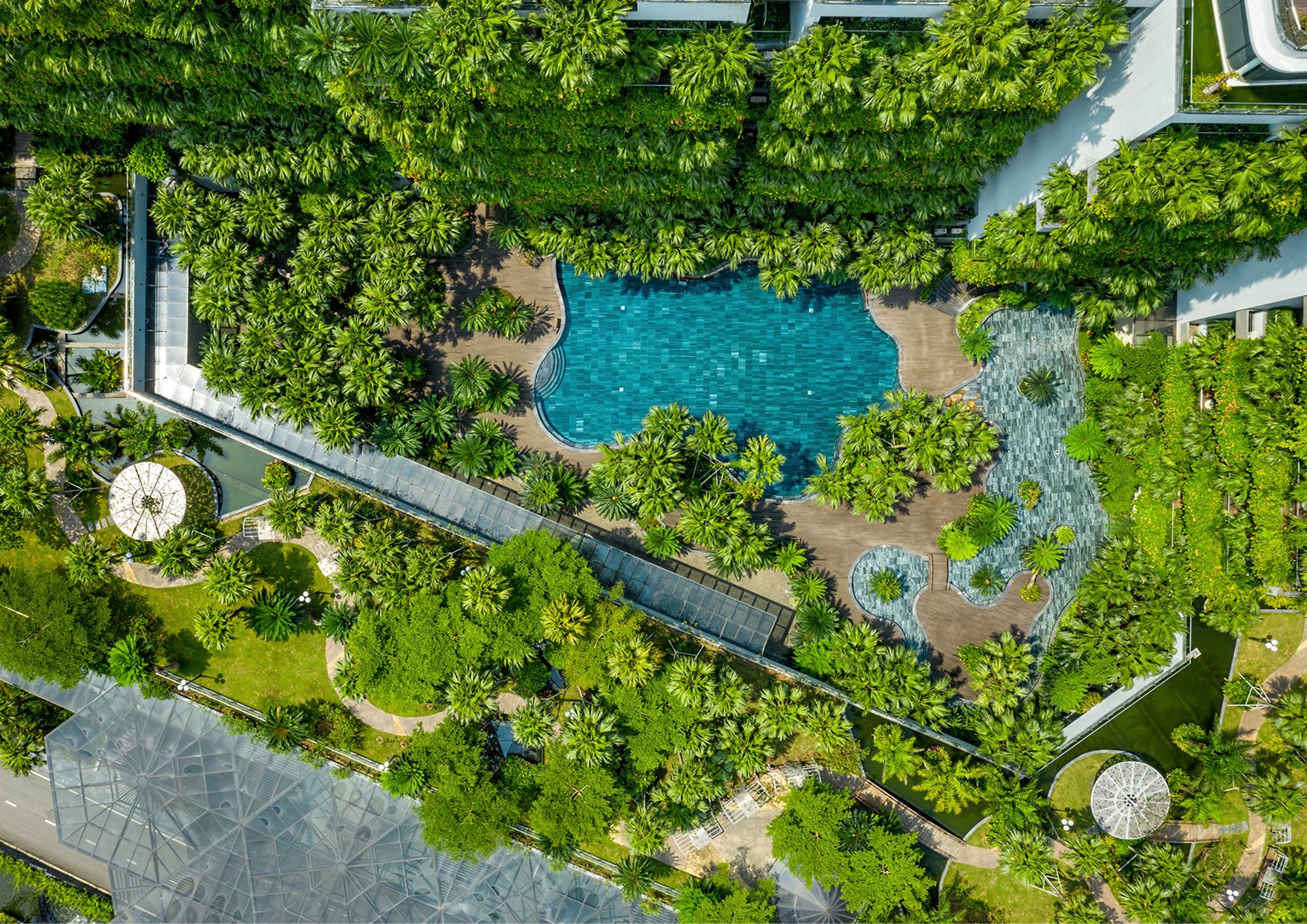Glass Skyscraper Building has become a ubiquitous feature of the modern cityscape. They are often seen as symbols of progress and modernity, and they can certainly be impressive feats of engineering. However, there is also a growing debate about the sustainability and environmental impact of glass skyscrapers.Glass Skyscraper Building has become a ubiquitous feature of the modern cityscape. They are often seen as symbols of progress and modernity, and they can certainly be impressive feats of engineering. However, there is also a growing debate about the sustainability and environmental impact of glass skyscrapers.
1) The Possible Negative Environmental Effects of Skyscrapers
Glass skyscrapers are made from many materials, including steel, concrete, and glass. All of these materials require a lot of energy to produce. The energy used to create these materials is often generated from fossil fuels, contributing to climate change.
1- Energy Consumption
Glass Skyscraper Building demand a substantial amount of energy throughout their life cycle. The energy required to manufacture the materials used in these structures, including steel, concrete, and glass, is frequently derived from fossil fuels, a significant driver of climate change. Furthermore, even after the construction phase, glass skyscrapers remain energy-intensive. Regular cleaning of the glass façade and continuous operation of the air conditioning system are essential for upkeep, both of which further increase energy consumption and subsequently contribute to greenhouse gas emissions.
2- Urban Heat Islands
Glass Skyscraper Building play a role in creating urban heat islands, which are localized zones within cities experiencing higher temperatures than their surroundings. This phenomenon occurs because cities predominantly consist of heat-absorbing materials like concrete and asphalt. Glass Skyscraper Building, constructed using these materials, add to the urban heat island effect. The consequences of this effect can be quite uncomfortable and even unsafe for urban residents. In hot weather, it can elevate city temperatures by several degrees compared to neighboring regions, making it challenging for people to stay cool. Additionally, it heightens the likelihood of heat-related illnesses and fatalities.
3- Aesthetic Concerns
Opinions diverge on the subject of glass skyscrapers. Critics contend that these structures often exude a sense of sterility and impersonality, making them an awkward fit amidst the traditional architectural backdrop of many cities. They argue that the sleek, contemporary design might disrupt the city’s historical continuity.
On the flip side, proponents see glass skyscrapers as striking and cutting-edge, offering a modern twist that enriches a city’s character. They view these structures as valuable contributions that infuse a sense of innovation and progress into the urban landscape. Ultimately, the perception of glass skyscrapers hinges on individual viewpoints, reflecting the ongoing tension between preserving architectural tradition and embracing the evolution of cityscapes.
4- Negative Impact On Wildlife
Glass skyscrapers can have a negative impact on wildlife. Birds can be attracted to the reflective surfaces of glass buildings and can collide with them. This can cause serious injury or death.
2) Pros Of Glass Skyscraper Building
Glass skyscrapers undeniably captivate the eye, boasting their shimmering exteriors and elegant contours. These architectural marvels infuse a sense of contemporary allure and refinement into urban skylines, and their transparency offers awe-inspiring vistas of the surrounding landscape.
- Natural Light and Ventilation: Glass skyscrapers are designed to harness an abundance of natural light and ventilation, lessening the reliance on artificial lighting and heating/cooling systems. This not only results in energy savings but also cultivates a more pleasant and health-conscious indoor atmosphere.
- Economic Benefits: Glass Skyscraper Building often double as potent symbols of affluence and progress, exerting a magnetic pull on businesses and investments in the vicinity. Simultaneously, they offer precious office and residential real estate, thus making a substantial contribution to the local economy.
- Sustainable Materials: A multitude of contemporary glass skyscrapers are crafted from eco-conscious materials like recycled glass and low-emissivity (low-E) glass. This deliberate choice aids in cutting down on energy usage and lessening the building’s overall carbon footprint, underscoring the commitment to sustainability in modern architecture.
© Image Courtesy of Hilton
© Brian Miller
© Hedrich Blessing
3) Make Glass Skyscraper Building More Sustainable
New advancements in technology aimed at enhancing the sustainability of glass Skyscraper Building encompass a range of innovative solutions
- Self-Cleaning Glass: Self-cleaning glass employs a clever approach by applying a thin titanium dioxide layer. This layer interacts with sunlight, breaking down accumulated dirt and grime. As a result, glass skyscrapers can maintain their pristine appearance without relying on abrasive chemicals or labor-intensive cleaning methods.
- Solar-powered Glass: Solar-powered glass presents an ingenious concept, harnessing the energy of sunlight to generate electricity. This electricity can serve multiple purposes, from powering the building’s lighting and appliances to potentially being sold back to the grid, promoting sustainability and reducing energy costs.
- Double- and triple-paned Glass: Double- and triple-paned glass consists of two or three layers of glass, separated by a layer of air or gas. This design serves as effective insulation, aiding in reducing energy consumption and enhancing the building’s thermal efficiency.
- Low-e Glass: Low-e glass employs a clever strategy by applying a subtle layer of metal oxide. During the winter, it reflects heat back into the building, ensuring warmth, while in the summer, it acts as a barrier to keep excess heat out. This approach significantly bolsters the building’s energy efficiency, making it more comfortable and sustainable year-round.
© Gang Zhou
© FGG
© Aleramo
These are merely a selection of the innovative technologies currently in development to enhance the sustainability of glass Skyscraper Building. As these solutions become more accessible and prevalent, it’s foreseeable that glass Skyscraper Building will experience a surge in popularity in the years ahead, combining aesthetic appeal with a commitment to a more eco-friendly urban landscape.
Read More: Why Will Sustainable Buildings Save Our World From Serious Danger?
1- The Rise Of Vertical Forests
The emergence of vertical forests represents a fascinating development in architecture. These innovative structures seamlessly integrate plants and trees into their design, primarily focusing on enhancing air quality, mitigating noise pollution, and creating a unique habitat for wildlife. While vertical forests are still nascent, their potential to revolutionize urban development is a compelling prospect.
Read More: An Advanced Guide to Green Buildings: Why Is It the Most Advisable Construction Perspective?
2- The Development Of Smart Glass
Smart glass, a remarkable innovation, possesses the capability to alter its opacity with a simple button press. This cutting-edge technology holds significant potential to transform the utilization of glass in construction. For instance, it opens the door to the creation of windows that can transition to an opaque state during nighttime, effectively curbing energy consumption and enhancing the versatility of glass in building design.
3- The Use Of Recycled Materials
Glass stands out as an eminently recyclable material, and a notable shift is underway toward incorporating recycled glass in the construction of glass skyscrapers. This promising trend plays a crucial role in diminishing the environmental footprint of these towering structures, aligning with the broader objective of sustainable construction practices.
4) The Future Of Glass Skyscraper Building
The discussion around the merits and drawbacks of glass skyscrapers is expected to persist. With valid arguments on both sides, the ultimate judgment rests with each person as they weigh whether glass Skyscraper Building make a beneficial or detrimental contribution to the urban setting? It’s a nuanced debate likely to endure for the foreseeable future.


